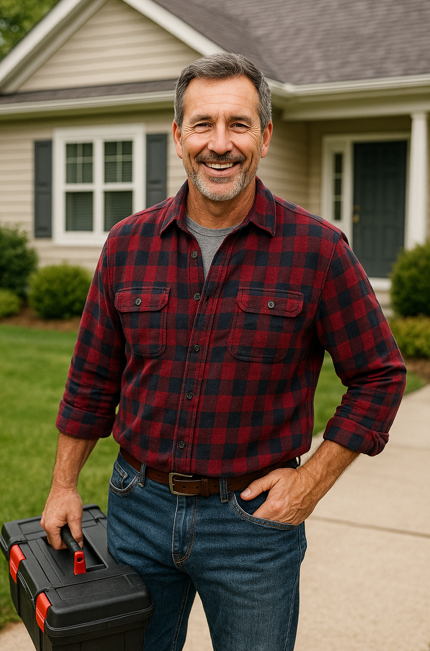So, you’ve picked out your new air conditioning system—good call. But before that unit goes in, let’s talk about a part of the install folks often overlook: where to put the air handler. Location matters, and getting this wrong can cost you in comfort, efficiency, and even system lifespan.
What Is an Air Handler, Exactly?
If you’re new to the HVAC world, think of the air handler as the indoor half of your cooling (or heating and cooling) system. It moves conditioned air through your ducts. Most air handler units contain:
-
A blower (fan)
-
The evaporator coil
-
Filter rack or housing
-
Electrical components
It's not flashy, but it’s the workhorse of your system. Without proper placement, all that efficiency you paid for can go out the window.
Top Locations for Air Handler Installation
Here are the most common—and practical—places to install your air handler, with pros and cons for each.
1. Attic
-
✅ Pro: Keeps your equipment out of sight and saves space.
-
❌ Con: Attics get hot, and unless they’re insulated and ventilated, that heat can hurt your system’s efficiency and lifespan.
🔗 Installing Air Handlers in Attics – Building America Solution Center
2. Closet (Interior)
-
✅ Pro: Easy access for maintenance, temperature-stable environment.
-
❌ Con: Can be noisy and takes up valuable closet real estate.
3. Garage
-
✅ Pro: Great for access and airflow, especially in warmer climates.
-
❌ Con: Not ideal in extreme cold or heat unless properly sealed and insulated.
4. Basement
-
✅ Pro: Cool, stable temperatures help efficiency. Ideal for most northern homes.
-
❌ Con: Not always an option in newer homes without basements.
Mike’s Rule of Thumb: Prioritize Accessibility
“Out of sight, out of mind” might work for clutter, but not for air handlers. Always install your unit somewhere you or your tech can reach it easily. That way, regular filter changes and seasonal maintenance actually get done.
Don’t Forget the Ductwork
No matter where you install the air handler, the ductwork should be short, straight, and sealed. Long, winding ducts = more work for your blower = higher bills.
Pro Tips Before You Commit
-
Install a drain pan + float switch if you’re going in the attic.
-
Make sure your chosen location meets code and allows enough space for service access.
-
Insulate the surrounding area (especially in attics or garages) to improve performance.
Why It Matters with R-32 Systems
R-32 systems, like the Goodman AMST air handler models, are engineered for efficiency. That only works when the system isn’t fighting against heat, humidity, or poor airflow. Right placement = right performance.
Learn More
For additional guidance, check out:







